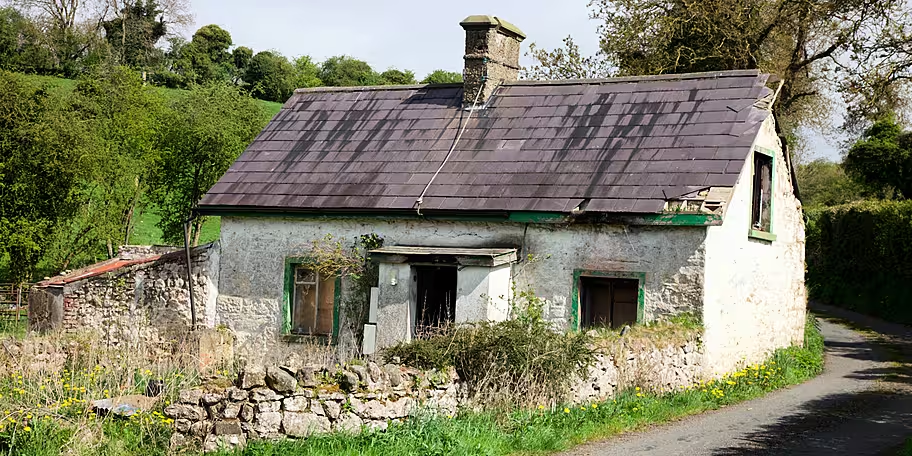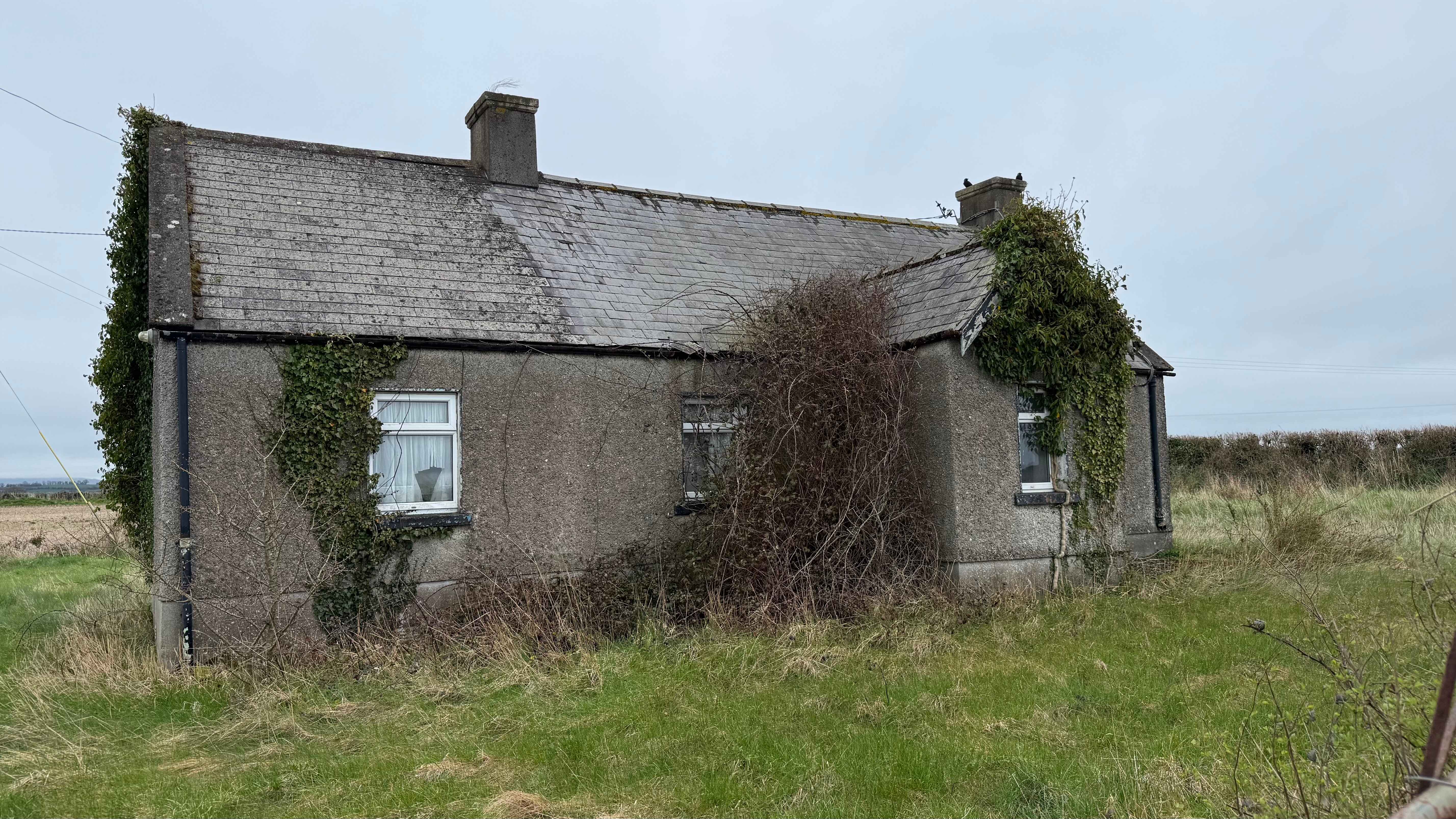Ireland's Housing Crisis
Recent policy initiatives have attempted to address this issue through taxation measures and grants for renovation, but practical barriers remain:
- Assessment costs often range from €2,800-€11,000 per property
- Specialist skills shortage creates bottlenecks in the redevelopment pipeline
- Uncertainty around renovation costs deters investment in derelict properties
- Documentation challenges for buildings with lost or incomplete plans

